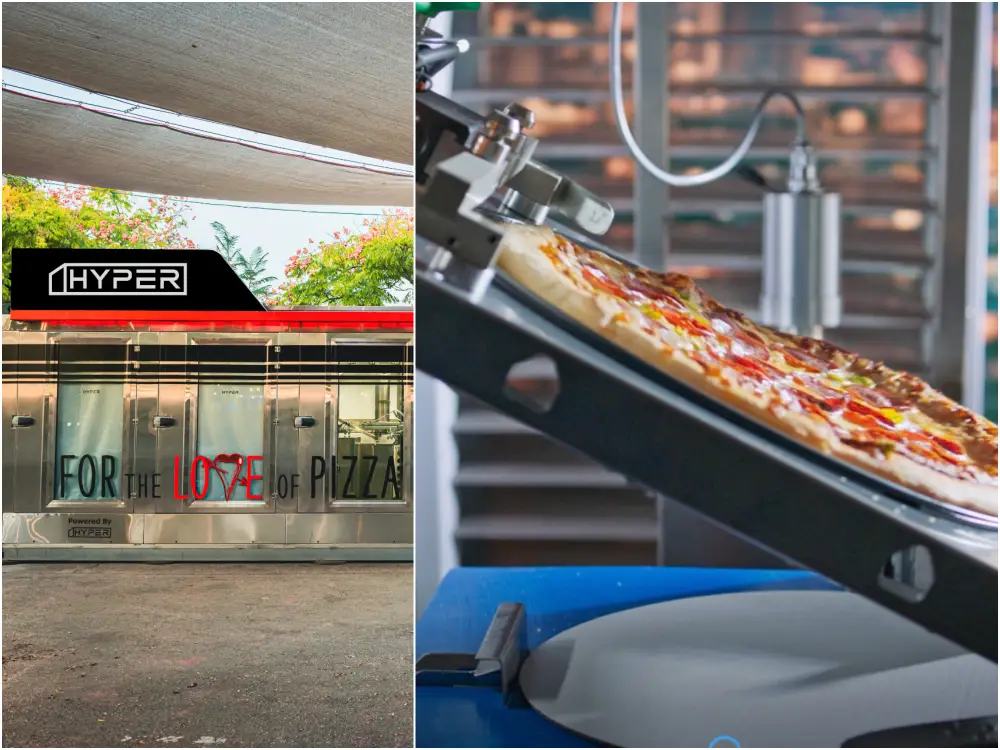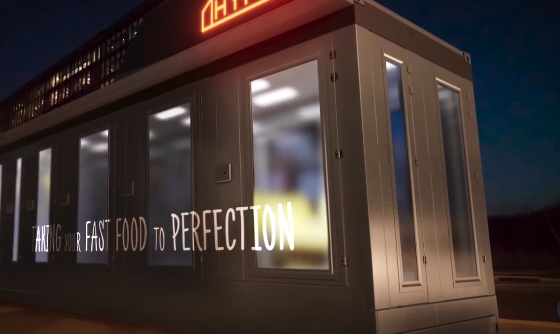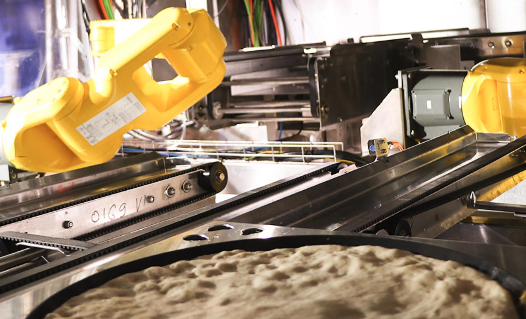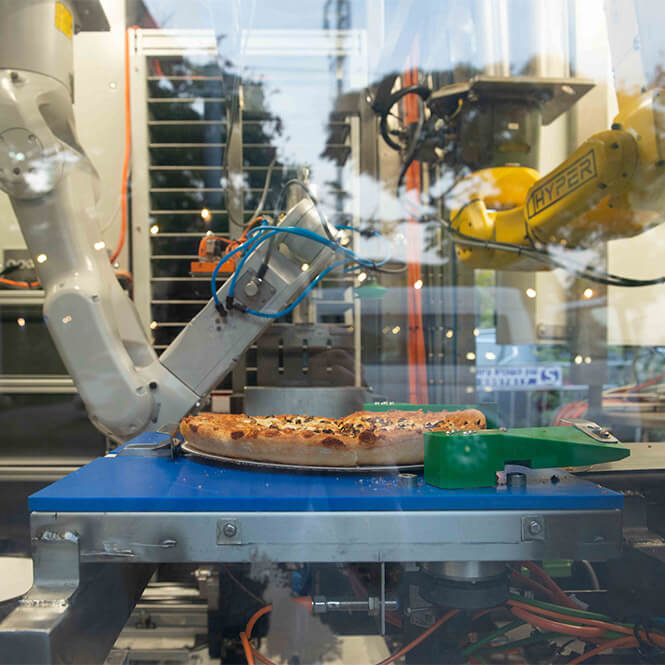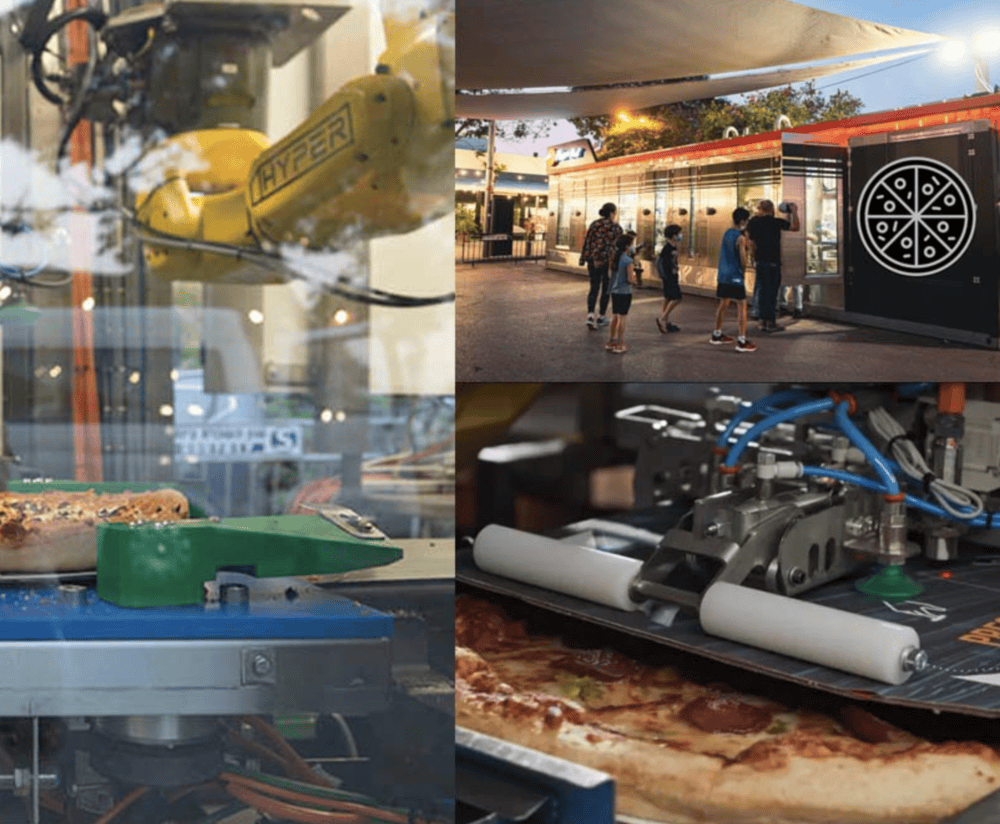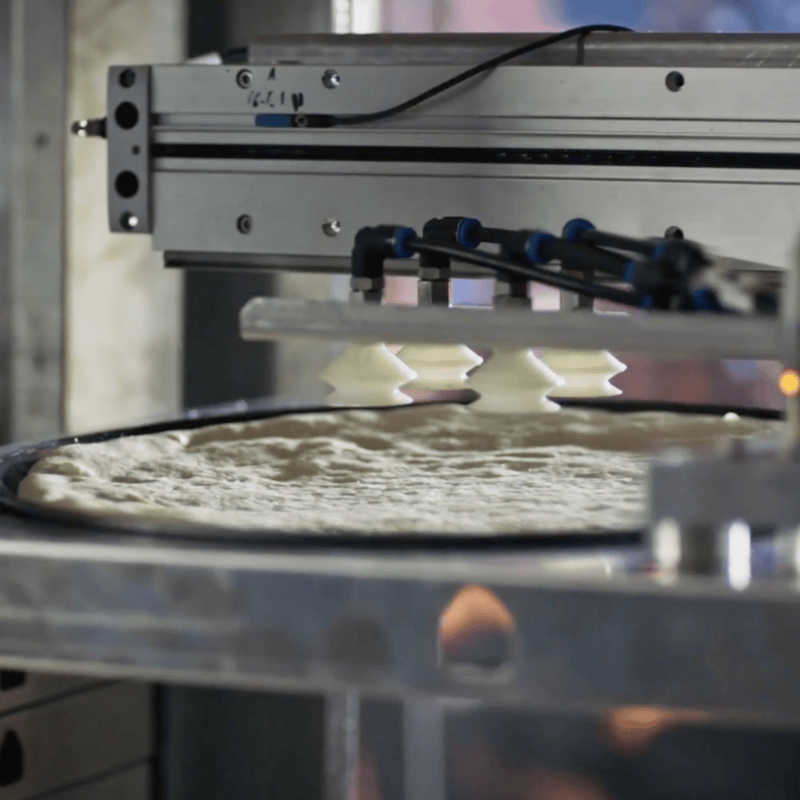You’ve probably noticed how labor shortages and rising costs are squeezing fast-food kitchens everywhere. What if you could boost your kitchen’s speed, accuracy, and output without adding more staff or sacrificing quality? How can you scale your operations rapidly while maintaining consistency and hygiene? And is it possible to do all this without the usual headaches of training, turnover, and human error?
The good news is you can. Thanks to advances in robotics and automation, kitchens are transforming into fully autonomous units that operate around the clock, deliver consistent quality, and reduce waste — all without relying on human labor. In this article, you’ll discover quick, actionable ways to increase your kitchen efficiency by embracing automation technologies, the operational benefits they bring, and how to overcome common concerns about integrating these systems.
Here’s what you’ll learn:
– How to achieve faster food preparation without extra hands
– Ways to reduce errors and waste through automation
– Technologies that enable 24/7 kitchen operation without fatigue
– How to scale your kitchen footprint quickly with plug-and-play solutions
– Addressing security, maintenance, and integration challenges
Quick win 1: automate repetitive tasks for instant speed gains
You don’t need to overhaul your entire kitchen overnight to see efficiency improvements. Start by automating the most repetitive, time-consuming tasks like food assembly, frying, or dough stretching. Robotic arms and conveyor systems can handle these with precision and speed, freeing your team to focus on quality control and customer service.
For example, Hyper Food Robotics offers containerized kitchens equipped with over 120 IoT sensors and 20 AI cameras that monitor and control every step of food preparation. This technology ensures that each burger or pizza is made consistently, reducing errors and speeding up order fulfillment. By automating these tasks, kitchens can operate up to 10 times faster than traditional setups, even during peak hours.
You’ll also cut down on training time and reduce turnover-related disruptions since robots don’t call in sick or quit. This means your kitchen runs smoothly without the usual labor headaches.

Quick win 2: implement real-time monitoring to minimize waste and errors
Automation isn’t just about speed; it’s about precision and control. Using IoT-enabled sensors and AI-powered cameras, you can track inventory levels, cooking temperatures, and portion sizes in real time. This data-driven approach helps you reduce food waste and maintain consistent quality.
For instance, automated kitchens use machine vision to detect when ingredients are running low or if a dish is not meeting quality standards. This allows for immediate adjustments, preventing costly mistakes and ensuring every order meets your brand’s standards. Plus, automated cleaning systems maintain hygiene without chemicals, reducing contamination risks associated with human handling.
By minimizing waste and errors, you not only save money but also contribute to sustainability goals — a win-win for your bottom line and your customers.
Quick win 3: leverage 24/7 autonomous operation to meet demand anytime
One of the biggest limitations of human labor is fatigue and scheduling constraints. Automated kitchens don’t need breaks, sleep, or shift changes. They can operate 24/7, meeting growing consumer demand for late-night or off-peak food delivery.
This continuous operation means you can serve more customers without expanding your workforce or physical footprint. For example, plug-and-play containerized kitchens from Hyper Food Robotics can be deployed rapidly in high-demand areas, allowing you to scale your presence quickly and efficiently.
With round-the-clock service, you’ll improve customer satisfaction and increase revenue without the usual labor costs or management challenges.
Quick win 4: adopt scalable, plug-and-play kitchen units for rapid expansion
Scaling a traditional kitchen involves significant investment in real estate, equipment, and staff training. Autonomous kitchens offer a smarter alternative. Modular, containerized units come pre-equipped with robotic systems and can be shipped and installed quickly.
This plug-and-play model lets you expand your kitchen network up to 10 times faster than conventional methods. Whether you’re launching a new delivery hub or testing a new market, these units provide flexibility and speed without compromising quality.
Companies like Hyper Food Robotics specialize in these solutions, transforming fast-food delivery restaurants into fully automated units tailored to your menu and operational needs.
As you consider the future of your kitchen operations, ask yourself: How much more could you achieve if your kitchen never needed a break? What would it mean for your business to eliminate human error and waste? And are you ready to embrace a technology that could redefine fast food as we know it?

Key takeaways
– Automate repetitive food prep tasks to boost speed and reduce labor dependency
– Use IoT and AI for real-time monitoring to cut waste and maintain quality
– Operate kitchens 24/7 with autonomous systems to meet demand anytime
– Scale rapidly with modular, plug-and-play robotic kitchen units
– Ensure seamless integration and maintenance to maximize uptime and security
FAQ: Frequently asked questions
Q: How quickly can I implement an autonomous kitchen system?
A: Many plug-and-play robotic kitchen units can be deployed within months, not years, allowing you to see efficiency gains almost immediately.
Q: Will automation compromise food quality or customization?
A: On the contrary, AI and machine vision ensure consistent quality and can be programmed to handle menu variations precisely.
Q: How do autonomous kitchens handle cleaning and hygiene?
A: Automated cleaning systems use chemical-free methods and continuous monitoring to maintain high hygiene standards without human intervention.
Q: What about maintenance and technical support?
A: Providers typically offer comprehensive maintenance and repair services to minimize downtime and keep your kitchen running smoothly.
Q: Can these systems integrate with my existing order and inventory management?
A: Yes, most autonomous kitchen platforms are designed to integrate seamlessly with current restaurant management software.
Q: Are autonomous kitchens cost-effective compared to traditional setups?
A: While initial investment may be higher, savings from reduced labor costs, waste, and faster scaling often result in a strong return on investment.
About Hyper Food Robotics
Hyper Food Robotics specializes in transforming fast-food delivery restaurants into fully automated units, revolutionizing the fast-food industry with cutting-edge technology and innovative solutions.
Hyper-Robotics addresses inefficiencies in manual operations by delivering autonomous robotic solutions that enhance speed, accuracy, and productivity. Their robots solve challenges such as labor shortages, operational inconsistencies, and the need for round-the-clock operation, providing solutions like automated food preparation, retail systems, and kitchen automation.
